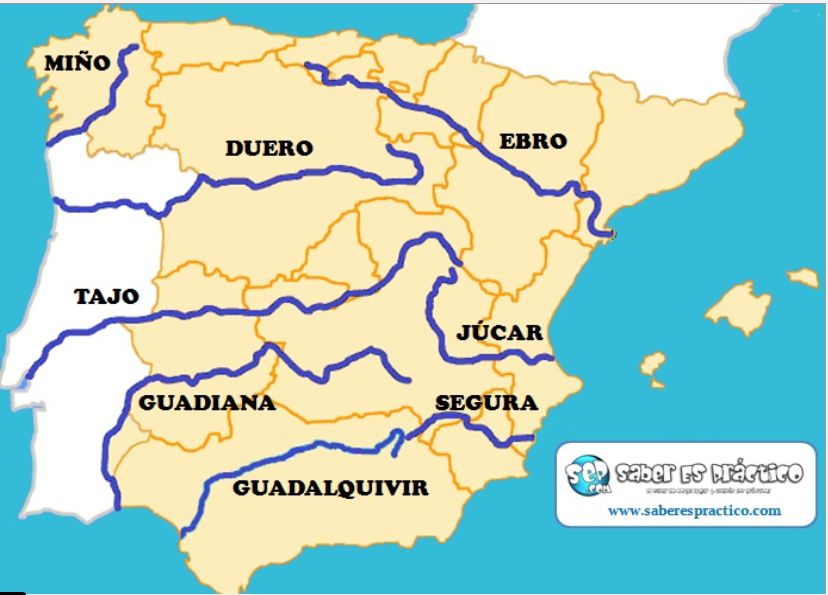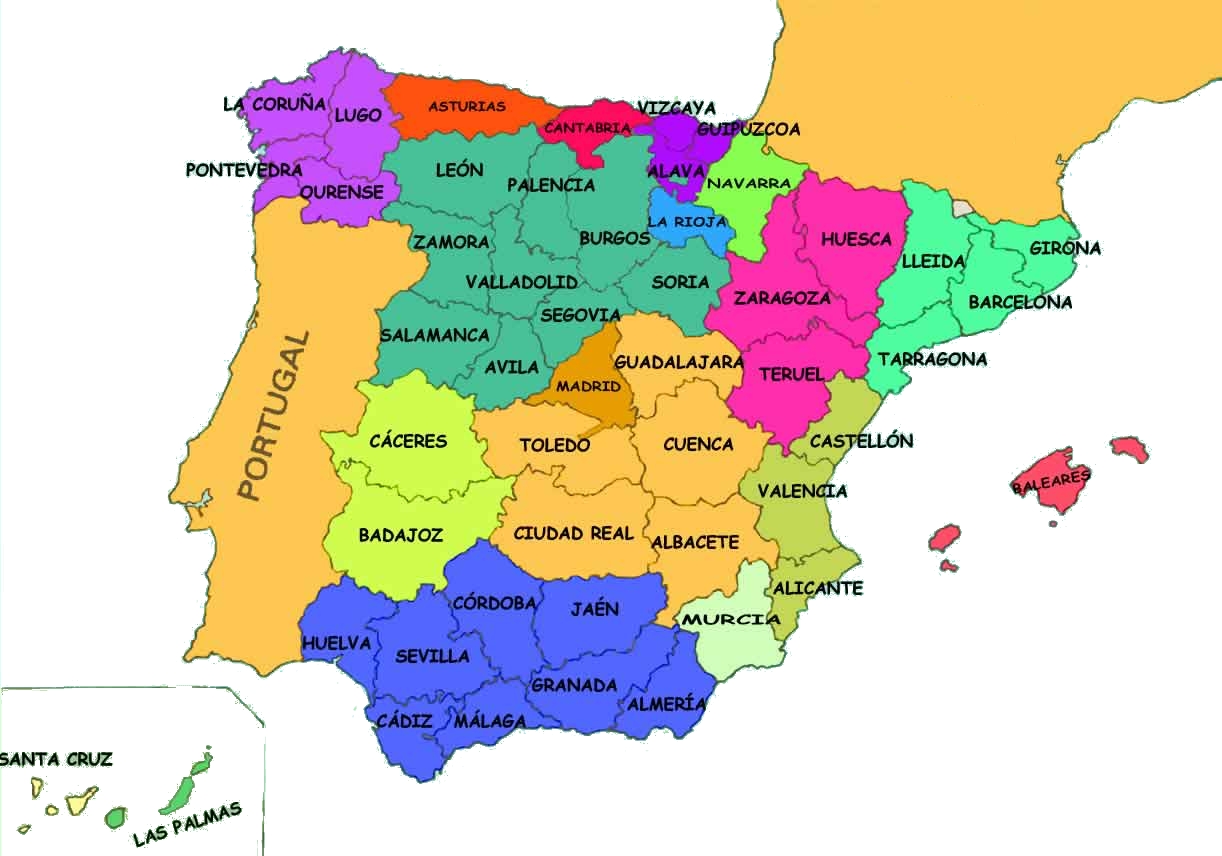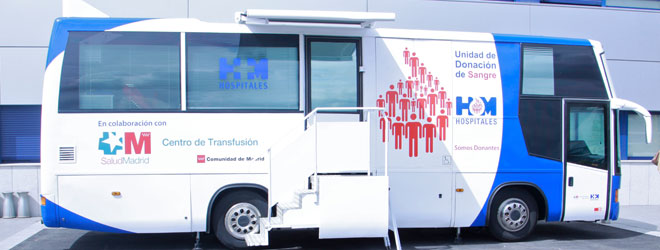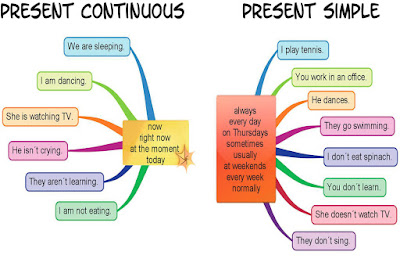One last presentation about the rivers of Spain.
lunes, 27 de febrero de 2017
sábado, 25 de febrero de 2017
Food diary project!!!!!
Remember, you have a food diary project that will count as a test grade in Natural Science.
It has three parts:
-- a food diary that lists everything you eat in three days
--a food pyramid to help you analyse your diet to see if it is healthy, and a personal reflection about your diet
--a food diary proposal for you to create a healthy diet plan for three days, using the information from the healthy diet pyramid. On the back is a grading rubric that I will complete.
6ºA must hand in the project to me on Wednesday. If you have any questions or need any of the worksheets, you can ask me on Monday.
6ºB will receive the third worksheet (food diary proposal) on Monday. You must give it to me on Friday.
Tenéis un proyecto "Food Diary" que cuenta como un examen en Naturales. Tiene tres partes:
--un diario donde tienes que escribir todo lo que comes durante tres días
--un pirámide alimentaria para ayudarte a analizar tu dieta y hacer una reflexión personal
--una propuesta de dieta sana para tres días aplicando la información del pirámide. En la parte de atrás hay una rúbrica de evaluación
6ºA lo tiene que entregar el martes. Si tenéis preguntas o necesitáis alguna ficha, me lo comunicáis el lunes.
a 6ºB os doy la última ficha (food diary proposal) el lunes y me lo tenéis que entregar el viernes.
It has three parts:
-- a food diary that lists everything you eat in three days
--a food pyramid to help you analyse your diet to see if it is healthy, and a personal reflection about your diet
--a food diary proposal for you to create a healthy diet plan for three days, using the information from the healthy diet pyramid. On the back is a grading rubric that I will complete.
6ºA must hand in the project to me on Wednesday. If you have any questions or need any of the worksheets, you can ask me on Monday.
6ºB will receive the third worksheet (food diary proposal) on Monday. You must give it to me on Friday.
Tenéis un proyecto "Food Diary" que cuenta como un examen en Naturales. Tiene tres partes:
--un diario donde tienes que escribir todo lo que comes durante tres días
--un pirámide alimentaria para ayudarte a analizar tu dieta y hacer una reflexión personal
--una propuesta de dieta sana para tres días aplicando la información del pirámide. En la parte de atrás hay una rúbrica de evaluación
6ºA lo tiene que entregar el martes. Si tenéis preguntas o necesitáis alguna ficha, me lo comunicáis el lunes.
a 6ºB os doy la última ficha (food diary proposal) el lunes y me lo tenéis que entregar el viernes.
viernes, 24 de febrero de 2017
Carnaval!
Today we had our last day of Carnaval. Congratulations to our "pregoneros" and everyone who helped make this week special! You did a great job!!!!
Map of rivers and provinces
This map shows the main rivers of Spain. You have to know about them: their source, their mouth, and the provinces they cross.
In this map you can also see the outlines of the autonomous communities. This can help you visualise the provinces.


In this map you can also see the outlines of the autonomous communities. This can help you visualise the provinces.


Hydrography of Spain
In this presentation you can see lots of photos of the different rivers in Spain. It also has coasts, lakes, lagoons, dams, and reservoirs.
jueves, 23 de febrero de 2017
Octopus camouflage
Today we listened to a text about animal camouflage. Here are two videos that show how quickly an octopus can change colours.
miércoles, 22 de febrero de 2017
lunes, 20 de febrero de 2017
English Test 6 Review
Some of you asked me to put the PowerPoint we saw in class on the blog. So, here it is!
domingo, 19 de febrero de 2017
Social Science Test Unit 3
You know that this Thursday (23rd February) you have the test on the rivers from your map. It will be worth 2 points on your unit test.
You will have a test on the rest of Unit 3 on Wednesday, 8th March.
Here is what you have to study:
--the definitions from your notebook
--Name and explain the elements of a river
--Name and explain the characteristics of a river
--Explain the two factors that determine a river's characteristics
--Characteristics of the rivers in the three drainage basins of Spain
--Important information about five important rivers of Spain (Duero, Tajo, Guadiana, Guadalquivir, Ebro). Include: source, mouth, and provinces it crosses
Here is an article about torrents in Mallorca at the end of January due to heavy rains. Another article shows how the reservoirs were overflowing.
You will have a test on the rest of Unit 3 on Wednesday, 8th March.
Here is what you have to study:
--the definitions from your notebook
--Name and explain the elements of a river
--Name and explain the characteristics of a river
--Explain the two factors that determine a river's characteristics
--Characteristics of the rivers in the three drainage basins of Spain
--Important information about five important rivers of Spain (Duero, Tajo, Guadiana, Guadalquivir, Ebro). Include: source, mouth, and provinces it crosses
Here is an article about torrents in Mallorca at the end of January due to heavy rains. Another article shows how the reservoirs were overflowing.
sábado, 18 de febrero de 2017
More about present simple vs. present continuous
Hello! Happy Saturday! I just found some more things to help you with present simple vs. present continuous.
jueves, 16 de febrero de 2017
Deltas, meanders, and oxbow lakes
The curves in a river are called meanders. Do you know how they form? Let's find out!
How do deltas form?
How do deltas form?
martes, 14 de febrero de 2017
English Test 6, Tuesday 21st February
The next test will have some things from the book and some things from class.
Notebook and class:
--Making and
responding to suggestions
--Adverbs of
frequency (use and meaning)
English World:
--Present simple vs.
present continuous (Unit 6 p.70, WB p. 55) practice here
--Direct and indirect
objects (Unit 7 p.79, WB p. 64)
--Spelling: double
consonants (Unit 7 p.81, WB p. 67)
Grammar Review:
--Comparatives,
superlatives (practice here and also here)
--too much/too
many/enough (practice here)
--irregular verb form
and meaning: take, break, give, hide, bring, drop, tear, ride, see, find, lose,
fall
Writing:
--Describing a person
This time there will be no listening or reading.
Here is a presentation to study the verbs.
The heart
Since it is Valentine's Day, we can study the structure of the heart!
Also: composition of the blood.
The blood circulation system.
Circulatory System
Also: composition of the blood.
The blood circulation system.
Circulatory System
lunes, 13 de febrero de 2017
Drainage basins in Spain
Here is a map of the three drainage basins in Spain:

Can you explain the main characteristics of the rivers in each?
Watch this about rivers.
Locate the rivers on the map!
Another map game
One more map game
Some information in Spanish:
Ríos
Vertientes Españolas

Can you explain the main characteristics of the rivers in each?
Watch this about rivers.
Locate the rivers on the map!
Another map game
One more map game
Some information in Spanish:
Ríos
Vertientes Españolas
domingo, 12 de febrero de 2017
Pop Art Love
sábado, 11 de febrero de 2017
martes, 7 de febrero de 2017
Today is Safer Internet Day!

This page from the British Council has some tips for staying safe online.

This page from the British Council has some tips for staying safe online.
The Circulatory System
Do you know what is in our blood?
Watch to find out!
What do you know about blood circulation? Watch this and test yourself.
Do you recognise this vehicle?

How about this one?

Here's a song!
The Bloodmobile
The Bloodmobile
A delivery service inside us
We begin in the heart's right ventricle
And travel to the lungs
Red blood cells get oxygen
To take back to the heart
Then from the left side of the heart
And out to every cell
Delivered by the Bloodmobile
The food that's been digested
Is waiting at the dock
To be taken to the tissues
In the body's grocery truck
So from the small intestine
It's carried everywhere
Delivered by the Bloodmobile
The Bloodmobile
The Bloodmobile
A delivery service inside us
The white blood cells are soldiers
That fight infectious germs
They make the antibodies
Their weapons in the fight
The army is transported
Wherever they must go
Delivered by the Bloodmobile
We need to send a message
To tell a limb to grow
Or speed the heart or regulate
Your hunger or your sleep
The hormones are the message
They're sent from many glands
The messenger's the Bloodmobile
Somebody's got to haul out the trash
To the liver and the kidneys
It's not a pretty job
Carbon dioxide gets carried
To the lungs to be exhaled
And the garbage truck is the Bloodmobile
The Bloodmobile
The Bloodmobile
A delivery service inside us
To carry oxygen, nutrients, things that fight infections
Do the trash collection and deliver the mail
And we're all (and we're all)
Delivered by the Bloodmobile
Watch to find out!
What do you know about blood circulation? Watch this and test yourself.
Do you recognise this vehicle?

How about this one?

Here's a song!
The Bloodmobile
The Bloodmobile
A delivery service inside us
We begin in the heart's right ventricle
And travel to the lungs
Red blood cells get oxygen
To take back to the heart
Then from the left side of the heart
And out to every cell
Delivered by the Bloodmobile
The food that's been digested
Is waiting at the dock
To be taken to the tissues
In the body's grocery truck
So from the small intestine
It's carried everywhere
Delivered by the Bloodmobile
The Bloodmobile
The Bloodmobile
A delivery service inside us
The white blood cells are soldiers
That fight infectious germs
They make the antibodies
Their weapons in the fight
The army is transported
Wherever they must go
Delivered by the Bloodmobile
We need to send a message
To tell a limb to grow
Or speed the heart or regulate
Your hunger or your sleep
The hormones are the message
They're sent from many glands
The messenger's the Bloodmobile
Somebody's got to haul out the trash
To the liver and the kidneys
It's not a pretty job
Carbon dioxide gets carried
To the lungs to be exhaled
And the garbage truck is the Bloodmobile
The Bloodmobile
The Bloodmobile
A delivery service inside us
To carry oxygen, nutrients, things that fight infections
Do the trash collection and deliver the mail
And we're all (and we're all)
Delivered by the Bloodmobile
domingo, 5 de febrero de 2017
Signs and notices
We are going to practice reading signs and notices.

What kind of shop is each advertisement for?
Go to the webpage of LearnEnglishTeens to do the exercises.
Did you try them? Leave a comment and tell me how you did!

What kind of shop is each advertisement for?
Go to the webpage of LearnEnglishTeens to do the exercises.
Did you try them? Leave a comment and tell me how you did!
jueves, 2 de febrero de 2017
miércoles, 1 de febrero de 2017
Social Science Units 1 & 2 Review questions
Review Unit 1
& 2 Social Science
Definitions:
ría
coastal bench
depression
salt marsh
freshwater lagoon
Mountains:
--Which mountain
system divides the Meseta in half?
--Which is the
highest peak in that system?
--Which mountain
system separates the Tajo Valley from the Guadiana Valley? Which sub-plateau is it located in?
--What is the highest
summit in the Cantabrian Range? Where is it located?
--Which mountain
range contains the Moncayo Peak?
--Which mountains
separate the Meseta from the Guadalquivir Valley?
--Which is the
highest peak in the Pyrenees?
--What is the Baetic
System made up of?
Rivers:
--What landform is
found at the mouth of the Ebro river?
How is it formed?
--What landform is
found at the mouth of the Guadalquivir River? How is it formed?
--Where is the Doñana
National Park?
-- Which ocean do the
rivers on the Meseta flow into? Why?
Explain:
--What are the three
factors that determine coastal features? Explain how for each one.
--What are the
geographic borders of Spain?
--What does the
Spanish territory consist of?
Where can we find:
--rías
--salt marshes
--coastal benches
--freshwater lagoon
(an example)
Balearic Islands:
--Where are they and
what is each one called?
--Mountain ranges
from the Peninsula that have an extension in the Balearic Islands
--Name of the
mountain range in Mallorca
Canary Islands:
--Where are they
located? Name of each island
--How were they
formed?
--Characteristic
landforms
--Important peak
Locate on the map:
Capes: Peñas, Fisterra, Creus, Palos, Gata and Nao.
Gulfs: Bizkaia, Valencia and Cádiz. Mar Menor and Strait of
Gibraltar
Inland relief: Galician Massif, Cantabrian Range, Northern
Sub-Plateau, Mountains of León, Basque Mountains, Catalan C. Range, Pyrenees,
Iberian System, Sierra Morena, Central System, Southern Sub-Plateau, Toledo
Mountains, Ebro Depression, Guadalquivir Depression, Penibaetic Range,
Subbaetic range, Gredos, Somosierra, Guadarrama, Picos de Europa, Sierra
Nevada, Tramuntana Range, Teide Peak, Almanzor Peak, Moncayo Peak, Aneto Peak,
Torreceredo Peak and Mulhacén Peak.
Islands:
Menorca, Formentera, Mallorca, Ibiza, La Palma, El Hierro, La Gomera, Tenerife,
Gran Canaria, Lanzarote and Fuerteventura.
Suscribirse a:
Entradas (Atom)


















